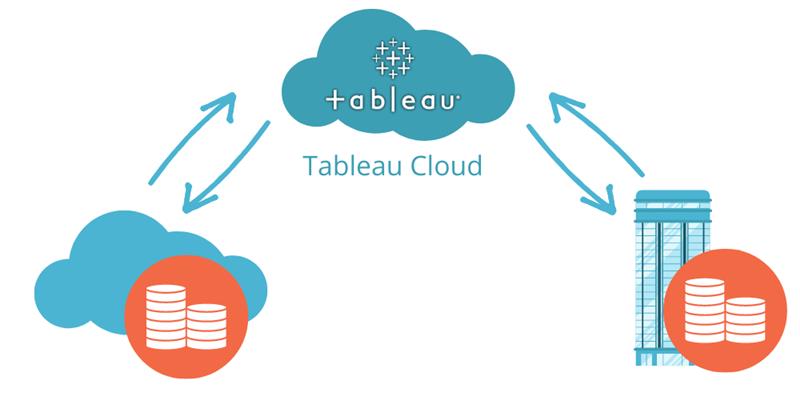Why Should You Migrate to Tableau Cloud?

In today’s fast-evolving data analytics space, companies are quickly realizing the need to migrate their data platforms to the cloud. As one of the leading data visualization tools, Tableau Cloud stands out as a great choice for your business’s cloud data needs. Moreover, Tableau Cloud offers a robust, scalable, and secure network solution to manage your analytics environment. However, it is important to note that the migration process requires strategic planning and careful preparation. This guide is meant to help your business explore some of the benefits, considerations, and steps to ensure a successful migration to Tableau Cloud. Moving your data to Tableau Cloud will unlock the following advantages: Preparing Your Data for Migration The key to a successful migration begins with preparation. Here are the necessary steps to make sure your organization is cloud-ready: Clearly understanding what you will do with the analysis results is integral to making the most of Pulse AI’s capabilities. Steps for Migration Evaluate Your Current Environment Analyze your current analytics setup. If your data is on-premise, consider migrating to a cloud-based data platform to avoid the complexities of Tableau Bridge. Best Practices for Optimizing Your Analytics Setup How Rower Consulting Can Help Migrating to Tableau Cloud can feel overwhelming, but it doesn’t have to be. Rower Consulting specializes in guiding businesses through the migration process with tailored strategies and expert support. Our services include: • Data Preparation: Ensuring your data is clean, structured, and ready for Tableau Cloud. • Cloud Migration Planning: Developing a comprehensive roadmap for a seamless transition. • Integration Support: Simplifying the connection between your data and Tableau Cloud. • Training and Enablement: Equipping your team with the skills to leverage Tableau Cloud and Tableau Pulse effectively. With Rower Consulting by your side, you can unlock the full potential of Tableau Cloud while minimizing risks and maximizing ROI.